Are you fascinated by religious architecture and history? Here are the must-see religious buildings in Norway:
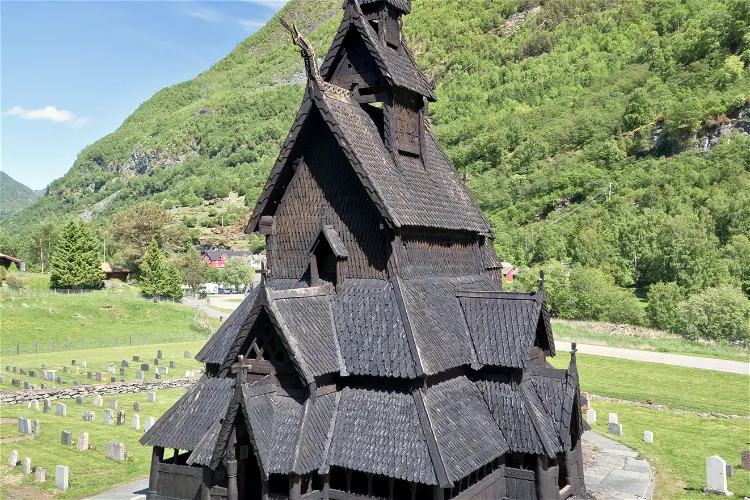
Borgund Stave Church
BorgundThe Borgund Stave Church is a historical monument located in Borgund, within the Lærdal municipality of Sogn og Fjordane county, Norway. This location is easily accessible and offers a unique opportunity to explore a piece of Norway's rich history.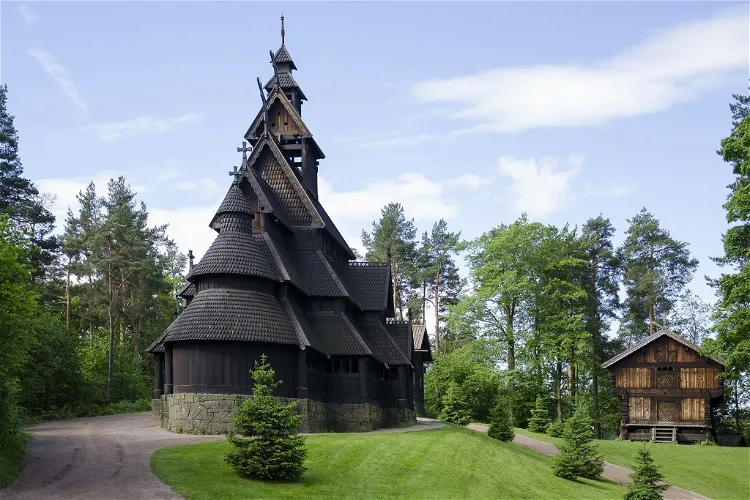
The Norwegian Museum of Cultural History
OsloThe Norwegian Museum of Cultural History, also known as Norsk Folkemuseum, is located in Bygdøy, Oslo, Norway. It is a cultural history museum that houses extensive collections of artifacts from all social groups and regions of the country. This provides a comprehensive insight into the diverse cultures and histories of Norway.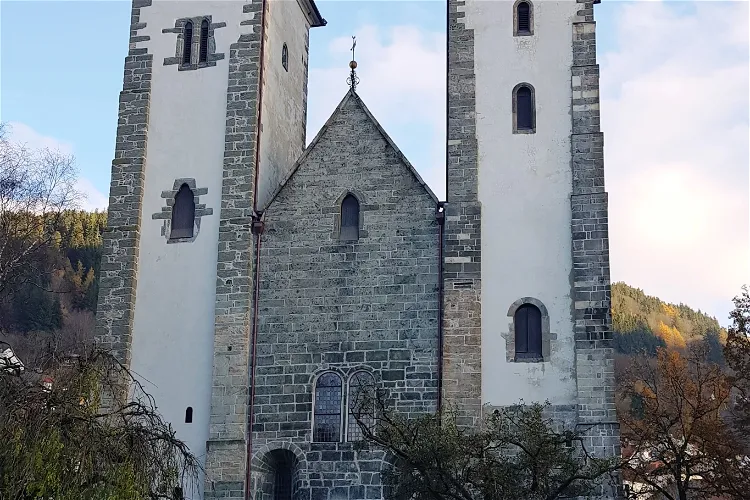
St. Mary's Church
BergenSt Mary's Church, also known as Mariakyrkja or Mariakirken, is a significant religious site located in the heart of Bergen, Norway. Situated in the Bryggen area, this parish church is part of the Church of Norway and is easily accessible due to its central location. It is one of the churches for the Bergen Cathedral parish, which is part of the Bergen domprosti (arch-deanery) in the Diocese of Bjørgvin.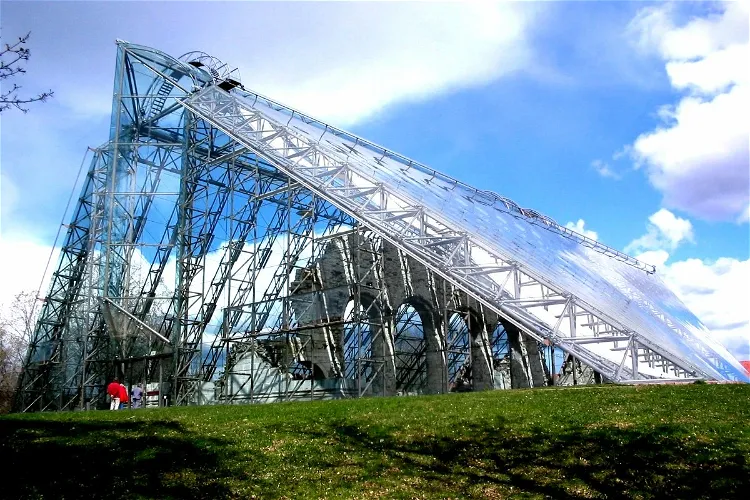
Hedmark Museum
HamarThe Anno Museum, located in the former county of Hedmark in southeastern Norway, is a regional group of cultural and natural history museums. Spread across 23 different locations, the museum offers a diverse range of exhibits and collections that reflect the rich history and natural beauty of the region.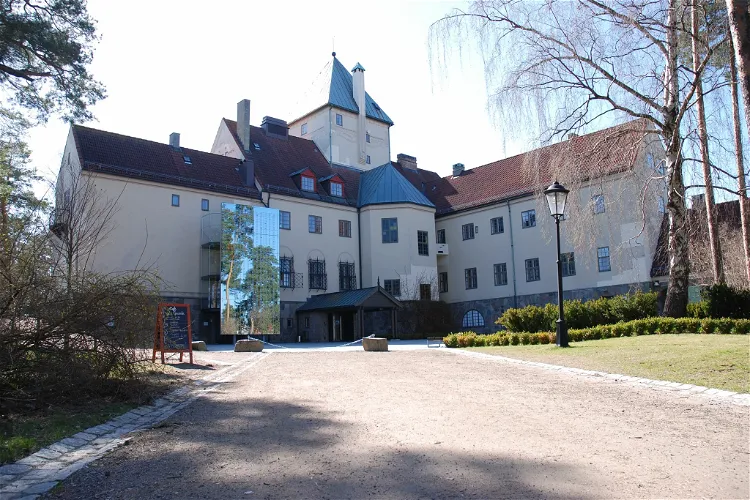
Villa Grande
OsloDuring the tumultuous times of World War II, Villa Grande served as the residence of Vidkun Quisling, a prominent figure of the era. Known as Gimle at the time, the villa was the center of Quisling's activities. This historical context adds a layer of intrigue and significance to the villa, making it a point of interest for those interested in World War II history.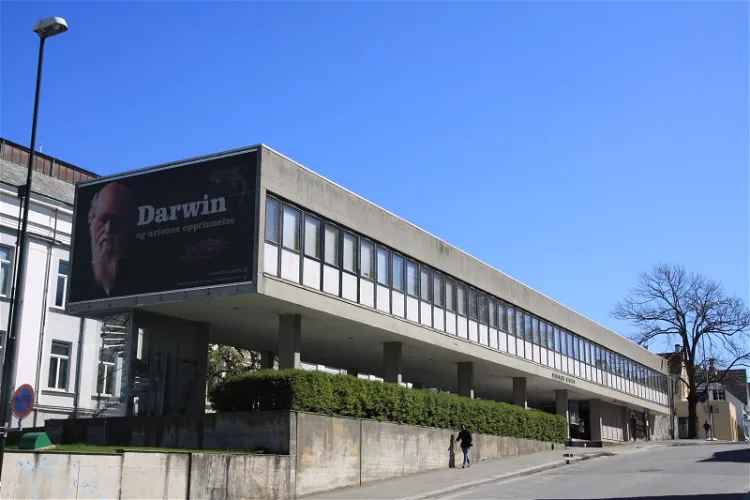
Stavanger Museum
StavangerStavanger Museum, established in 1877, is a museum of natural and cultural history located in the city of Stavanger, Norway. It offers a rich collection of exhibits that reflect the natural and cultural history of the region.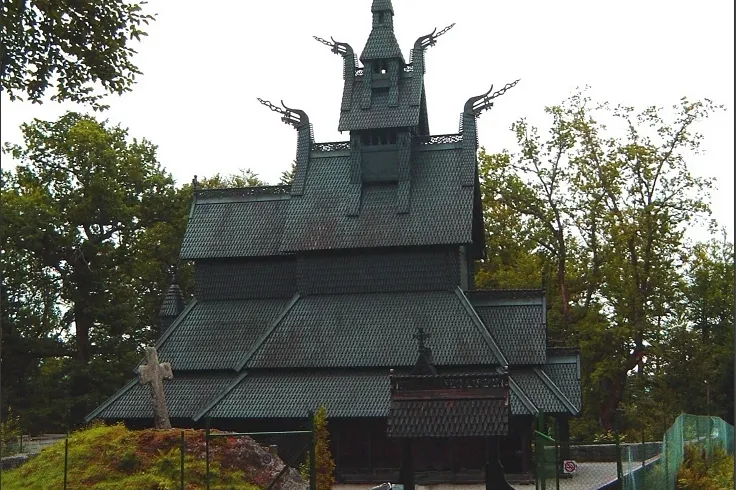
Fantoft Stave Church
BergenThe Fantoft Stave Church that stands today is a reconstruction of the original church that tragically burned down in 1992. The original church was built around the year 1150 and was located in Fortun in Sogn. It was moved and rebuilt in Fantoft in 1883. The reconstruction of the church after the fire was a significant challenge due to the lack of knowledge and experience in building stave churches, which hadn't been done in Norway for many centuries. Despite these challenges, the reconstructed church was completed and inaugurated in 1997.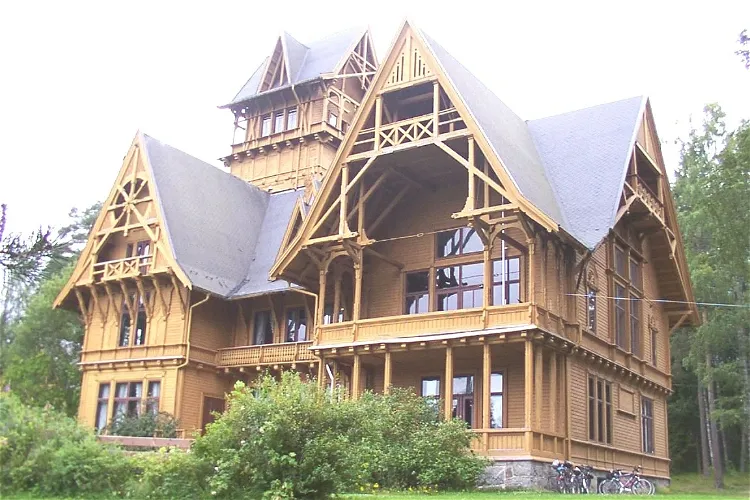
Villa Fridheim
NoresundVilla Fridheim, situated on the island of Bjørøya in the Norwegian municipality of Krødsherad, is a historical building constructed between 1890 and 1892. This period, known as National Romanticism, was a time of cultural and artistic flourishing in Norway. The villa is a testament to this era, showcasing the architectural styles and design sensibilities of the time.
Vest-Telemark Museum Eidsborg
EidsborgThe Vest-Telemark Museum is responsible for twelve different museum facilities in Vest-Telemark. This shows the museum's extensive reach and influence in the region. In 2012, it was recognized as the museum of the year, highlighting its quality and importance.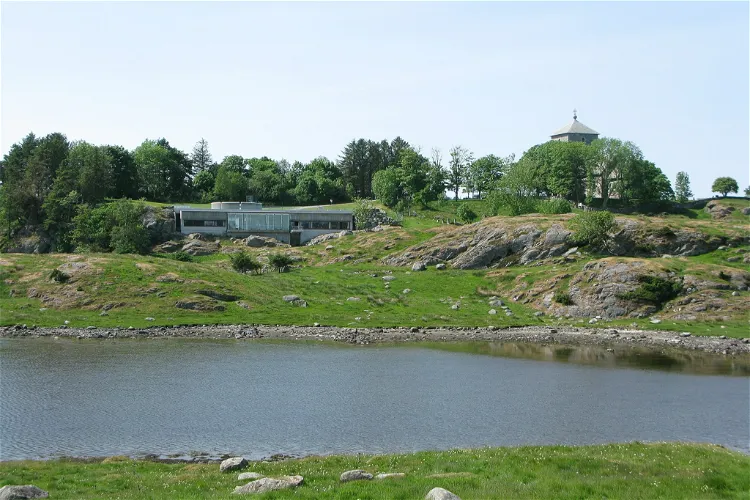
Nordvegen History Centre
AvaldsnesThe Nordvegen History Centre is a unique experience and dissemination centre located in Avaldsnes, on the northern part of the island of Karmøy in Rogaland. It serves as a hub for exploring the rich history of the region, offering a variety of exhibits and activities that cater to a wide range of interests. Whether you're a history buff, a culture enthusiast, or simply a curious traveler, the Nordvegen History Centre offers a fascinating glimpse into the past.
Trondenes Historical Center
HarstadThe Trondenes Historical Center is a museum situated in the town of Harstad, within the county of Troms og Finnmark, Norway. This location is steeped in history, offering visitors a unique opportunity to delve into the past of this fascinating region.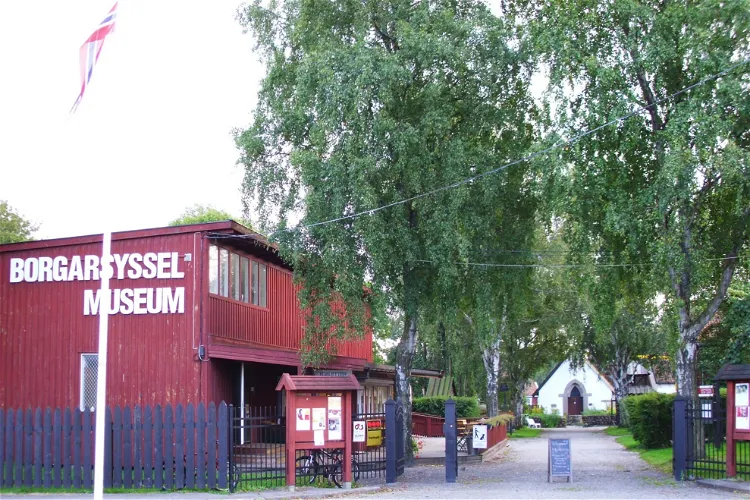
Borgarsyssel Museum
SarpsborgThe Borgarsyssel Museum is located in the municipality of Sarpsborg, in Viken county. It serves as the county museum for Østfold and the city museum for Sarpsborg. This museum is a significant cultural institution in the region, offering a deep dive into the local history and culture.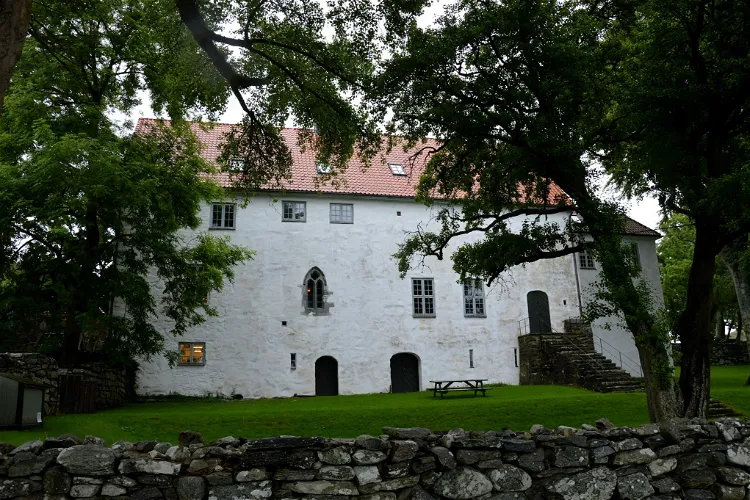
Utstein Monastery
StavangerUtstein Abbey, situated on the southern shore of the island of Klosterøy in Stavanger municipality, Rogaland county, is recognized as Norway's best-preserved medieval monastery. This historical site offers a unique glimpse into the country's past, with its well-preserved structures providing a tangible link to the medieval period. Visitors can explore the grounds and buildings, appreciating the architectural and historical significance of this important cultural landmark.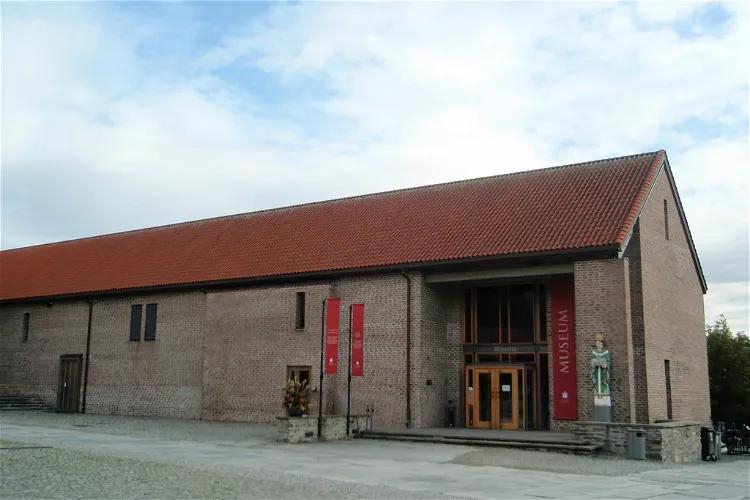
The Archbishop's Palace Museum
TrondheimThe Archbishop's Palace, known as Erkebispegården in Norwegian, is a significant historical site located in Trondheim, Norway. It served as the residence of the Archbishop of Nidaros and the administrative center of the Norwegian archdiocese until 1537. This makes it a place of great historical significance and interest for tourists.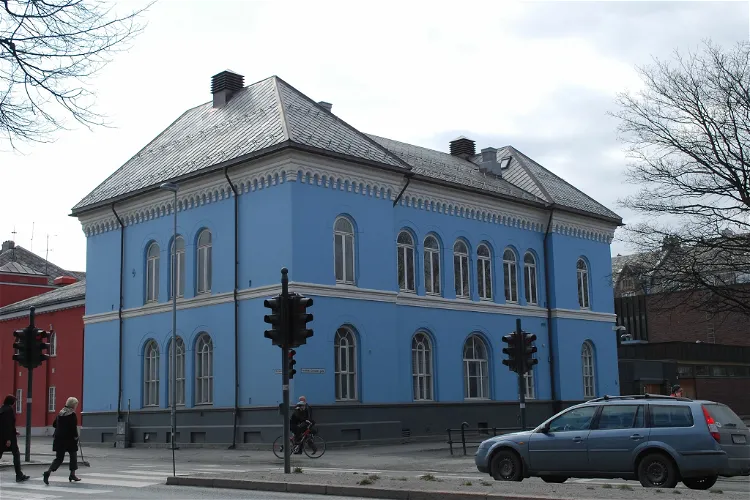
Jewish Museum Trondheim
TrondheimThe Jewish Museum Trondheim is situated at Arkitekt Christies gt. 1B in Trondheim. This historic building was originally constructed as the city's first railway station in 1864, adding a layer of historical significance to the site.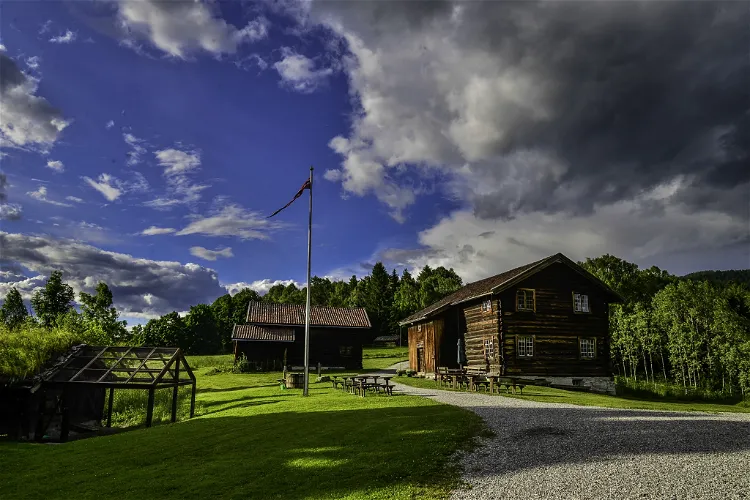
Heddal Open Air Museum
HeddalThe Heddal Open Air Museum, also known as Heddal bygdetun, is situated in the quaint village of Heddal in Notodden, Vestfold og Telemark county, Norway. This open-air museum offers a unique opportunity to explore Norwegian history and culture in a picturesque setting.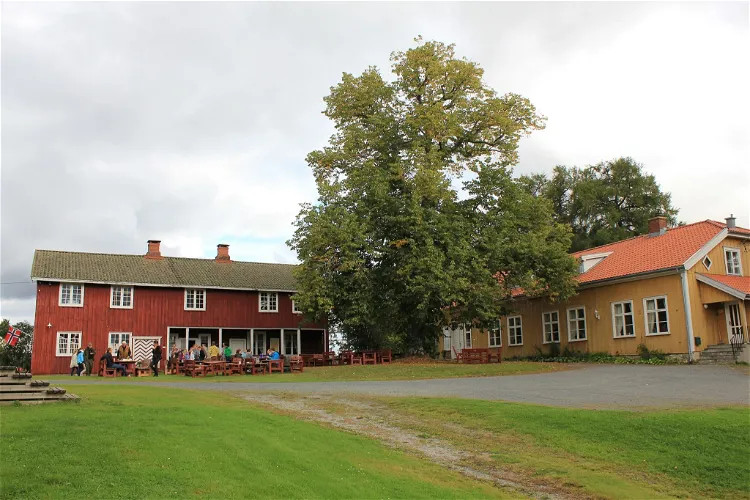
Aur prestegård
AursmoenAur prestegard, situated just west of Aurskog cemetery, is a site steeped in history. The church site and the parsonage both date back to the Middle Ages. However, the current church was built in 1881, and the oldest building on the parsonage dates back to 1703. This gives visitors a glimpse into the architectural styles and building techniques of different periods.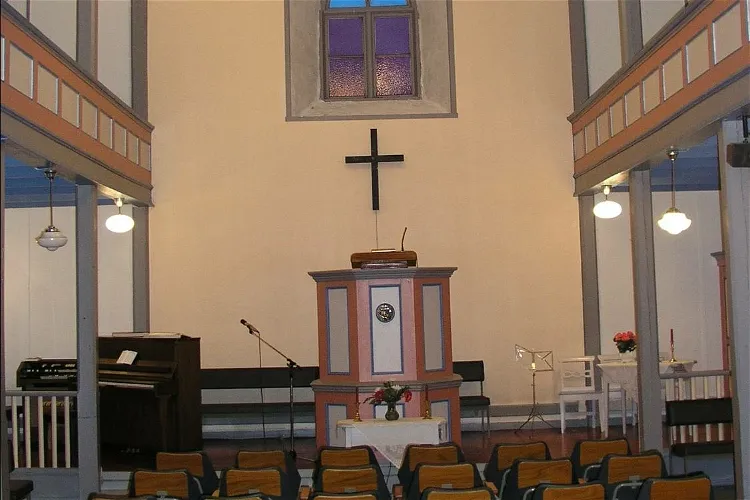
Bedehuset Bethel
StavangerBedehuset Bethel, located in Judaberg, holds the distinction of being the first prayer house in Finnøy. It was completed in the year 1878. This historical significance adds to the cultural richness of the region and provides an interesting insight into the religious practices of the past.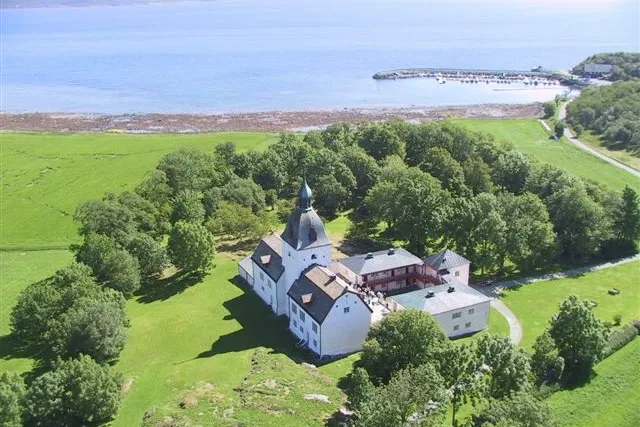
Austrått Manor
AustråttAustråttborgen, also known as Austrått, is a renowned manor house from the Middle Ages, situated in the municipality of Ørland at the mouth of the Trondheim fjord. This historic site was the seat of powerful chieftain families during the medieval period, making it a significant landmark in Trøndelag.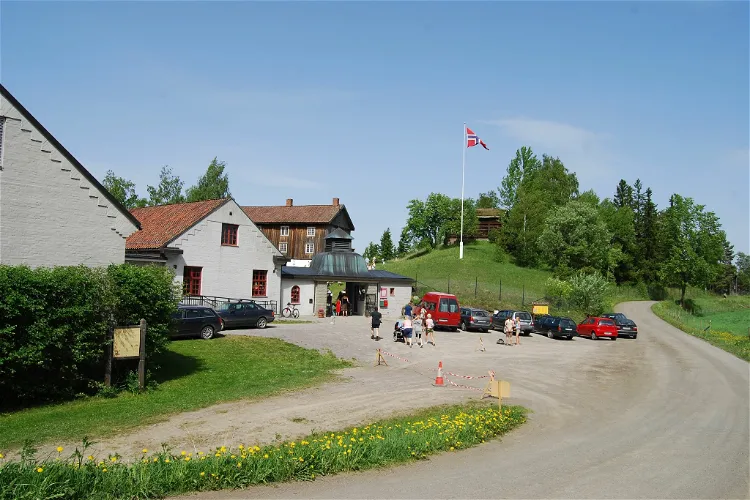
Hadeland Folkemuseum
GranHadeland Folkemuseum, founded in 1913, serves as a regional museum for Hadeland, an area that includes Gran, Lunner, and Jevnaker. The museum is located in the town of Tingelstad in Gran, making it easily accessible for visitors.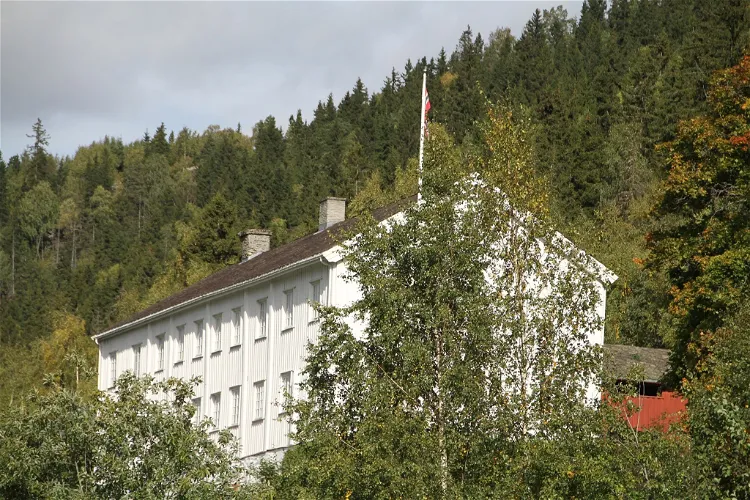
Ringebu prestegard
RingebuRingebu prestegård is situated just north of the Ringebu stavkirke in the municipality of Ringebu, in the region of Innlandet. This location is easily accessible and offers a unique opportunity to explore the rich history and culture of the region.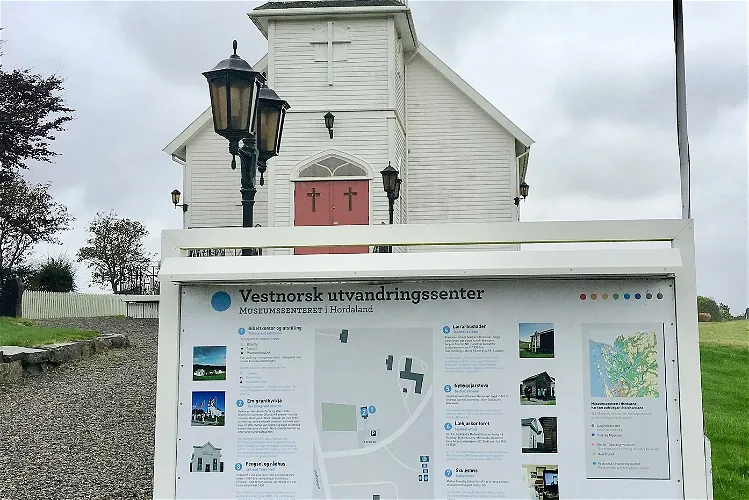
Western Norway Emigration Center
SlettaThe Western Norway Emigration Center is an open-air museum situated in the village of Sletta on the island of Radøy in Vestland county, Norway. This location offers a unique opportunity to explore the history of Norwegian emigration in a rural setting, surrounded by the natural beauty of the island.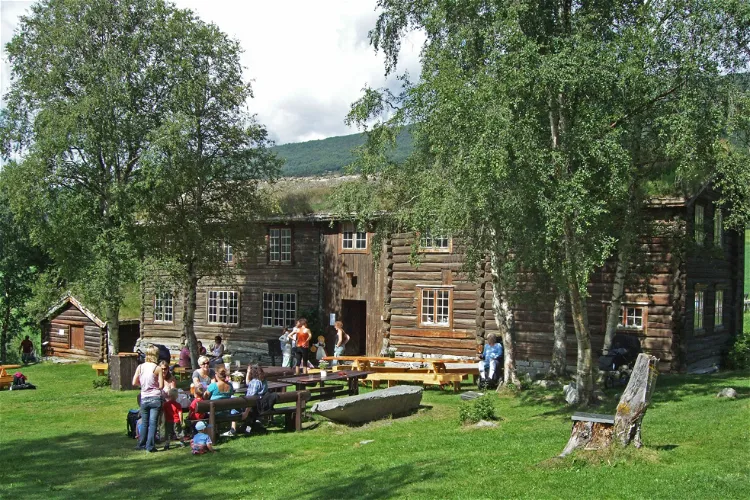
Lesja bygdemuseum
LesjaLesja bygdemuseum, a local rural museum, is conveniently located near the Lesja Church. This proximity allows visitors to easily combine a visit to both the museum and the church, offering a comprehensive cultural experience.